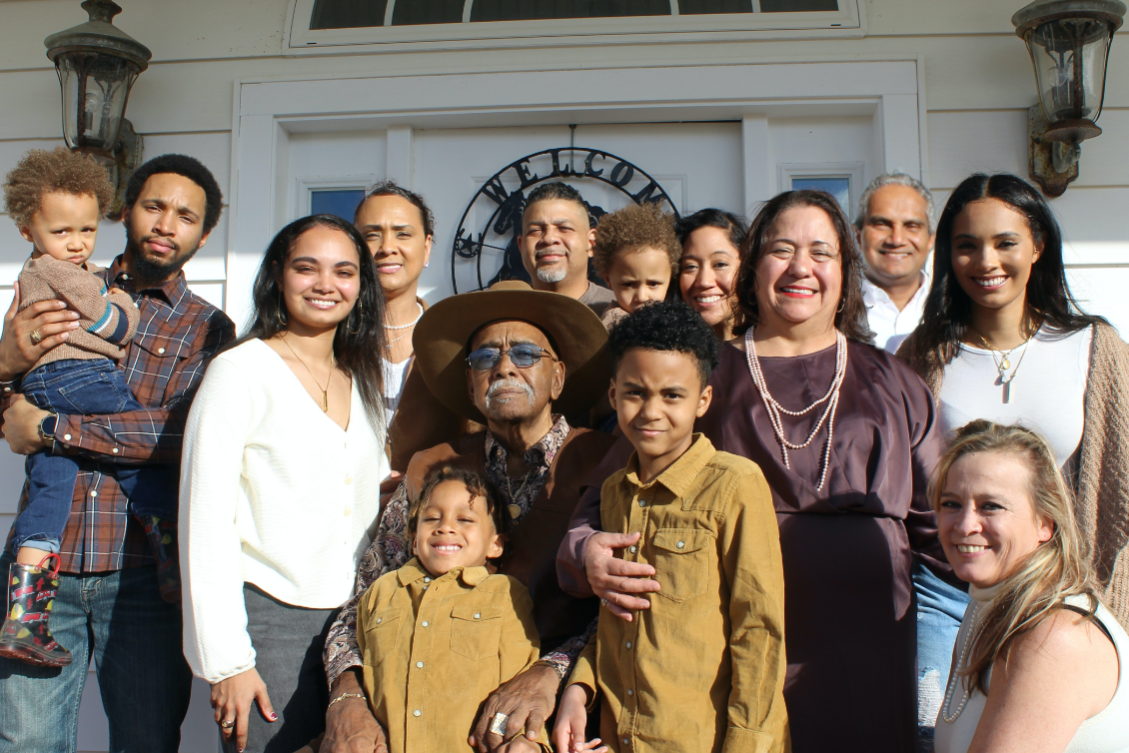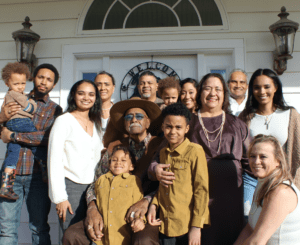Nonprofit Content Marketing Should Help, Not Sell
 When I think about nonprofit content marketing, one of my favorite marketing strategists is Jay Baer, author of Youtility: Why Smart Marketing is About Help, not Hype.
When I think about nonprofit content marketing, one of my favorite marketing strategists is Jay Baer, author of Youtility: Why Smart Marketing is About Help, not Hype.
He says the difference between “helping” and “selling’ is only two letters. But what a difference those two letters makes!
If you substitute ‘h’ and ‘p’ ( in ‘helping’) for ‘s’ and ‘l’ (in ‘selling’) in building your nonprofit content marketing strategy you’ll convince more of your nonprofit social media fans and followers to convert to subscribers or members, and more of your subscribers and members to convert to donors.
Think of it this way. If you’ve traditionally focused on selling vs. helping, you’ve emphasized ‘s’ and ‘l’ [stupidity (your customers) and laziness (you)]. You’ve acted like your customers don’t know very much, so they need you to show them the way. Yet at the same time you’ve been too lazy to gently teach them what they need to know.
Now imagine you focus on helping vs. selling. You emphasize ‘h’ and ‘p’ [humanity (your customers) and peer (you and your customer)]. You treat your constituents like individuals with specific values, needs and desires. You endeavor to learn more about them so you can meet their needs. You engage them as partners, showing you’re all in this together. You create a community of like-minded folks, welcome folks to your community, and take care of your members. Not as infants, but as peers. No one likes to be infantalized.
Sell something and you create a customer today. Help someone and you create a customer for life.
It’s human nature to fall into a ‘sales’ model when you feel so proud of what you do you assume everyone else will want to jump on your bandwagon. Yet just “doing good” is not enough. Anymore than having a good product is good enough for the soap manufacturer. You need to tell people how you can be helpful to them, their loved ones and their community. And don’t expect them to just take your word for it. Show them by offering up useful content and sharing powerful emotional stories and facts that demonstrate your outcomes. Otherwise, you keep people dependent on you to tell them what to do because “you know best.” When you keep people in the dark about the details, they feel both stupid and disempowered. Since these are not good feelings, how to you think this “sales vs. help” model makes your constituents feel?
Details

 People are more generous when they feel more connected.
People are more generous when they feel more connected. 
 If I had to tell you what you need to do to succeed with major gift fundraising in one sentence it would be this:
If I had to tell you what you need to do to succeed with major gift fundraising in one sentence it would be this: